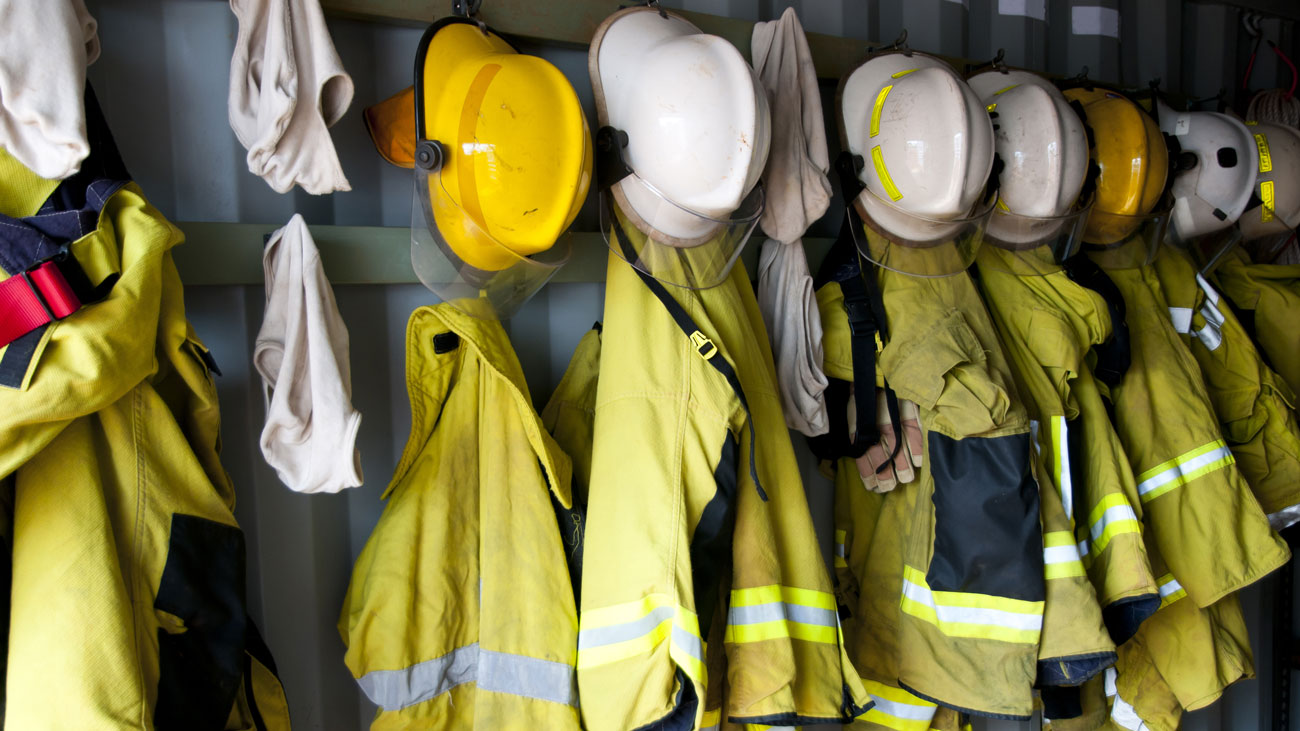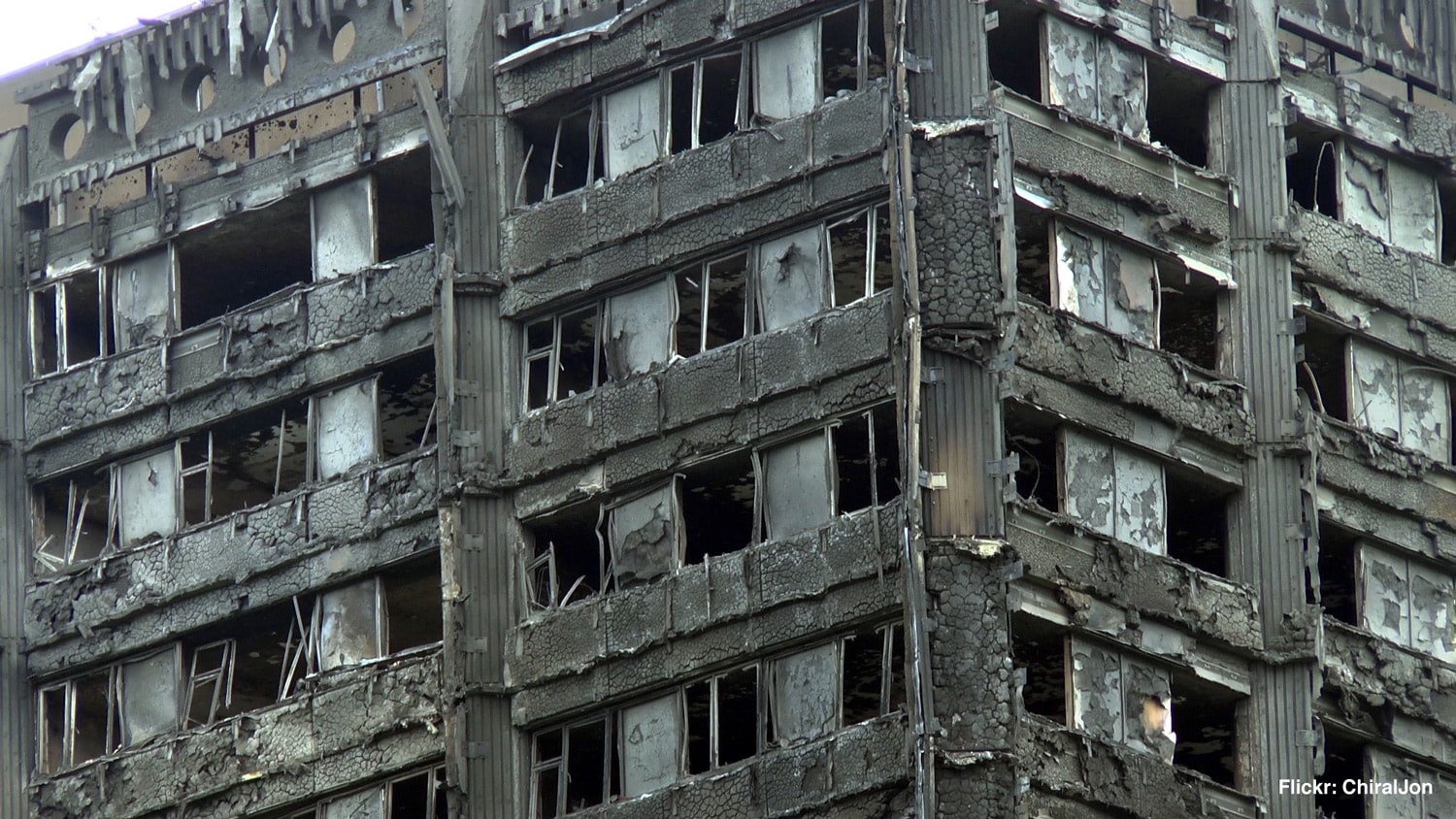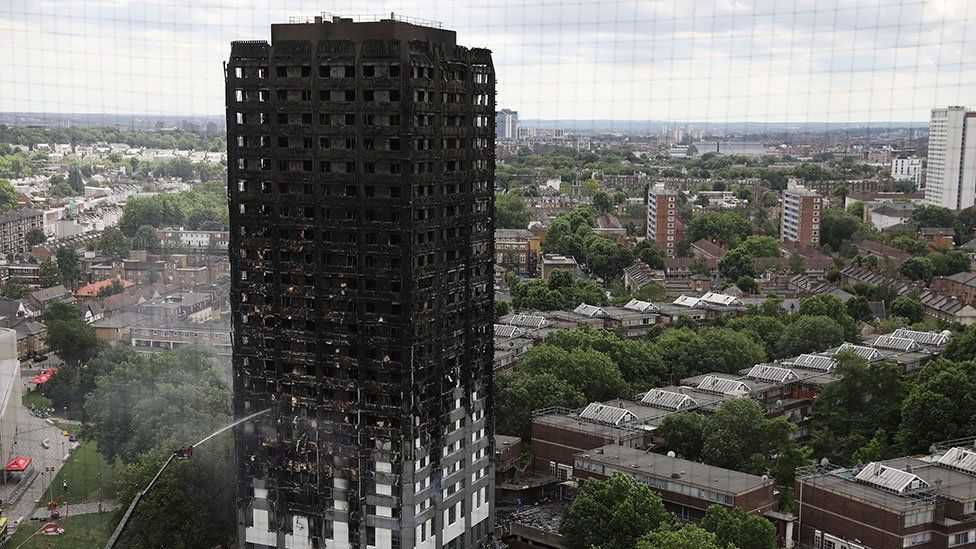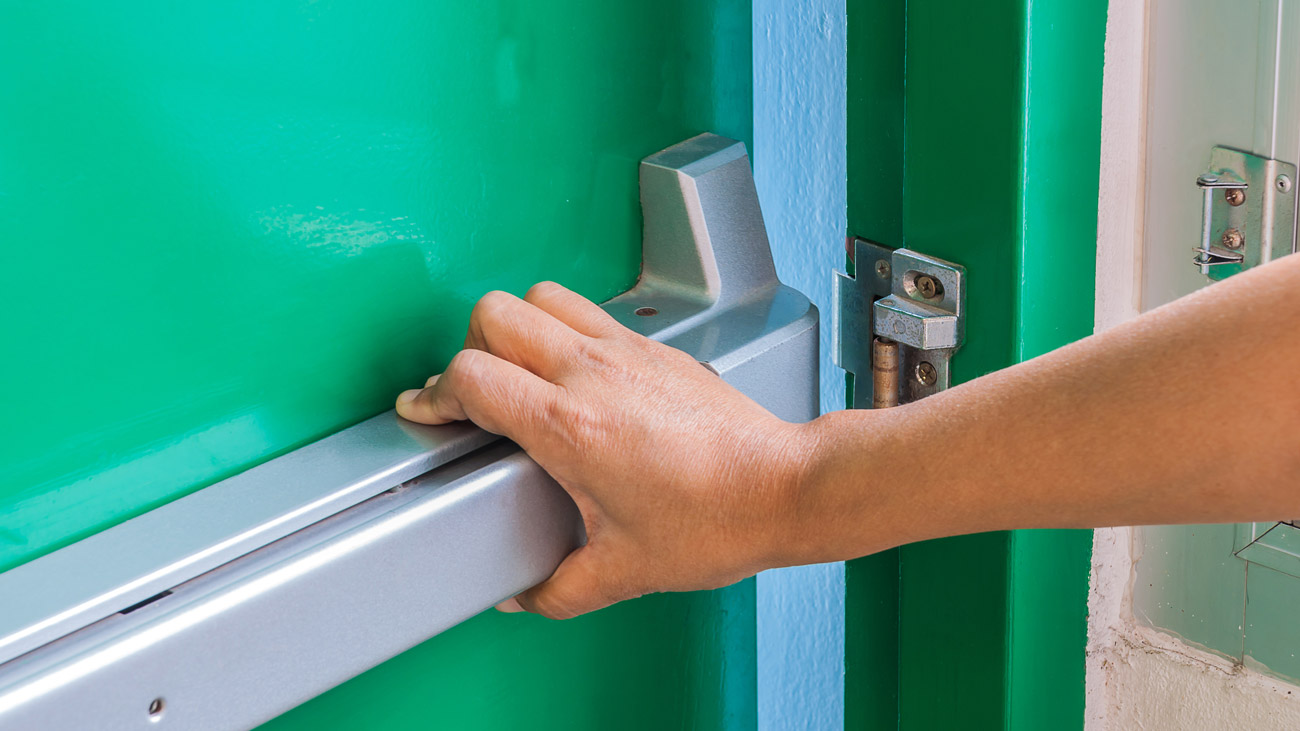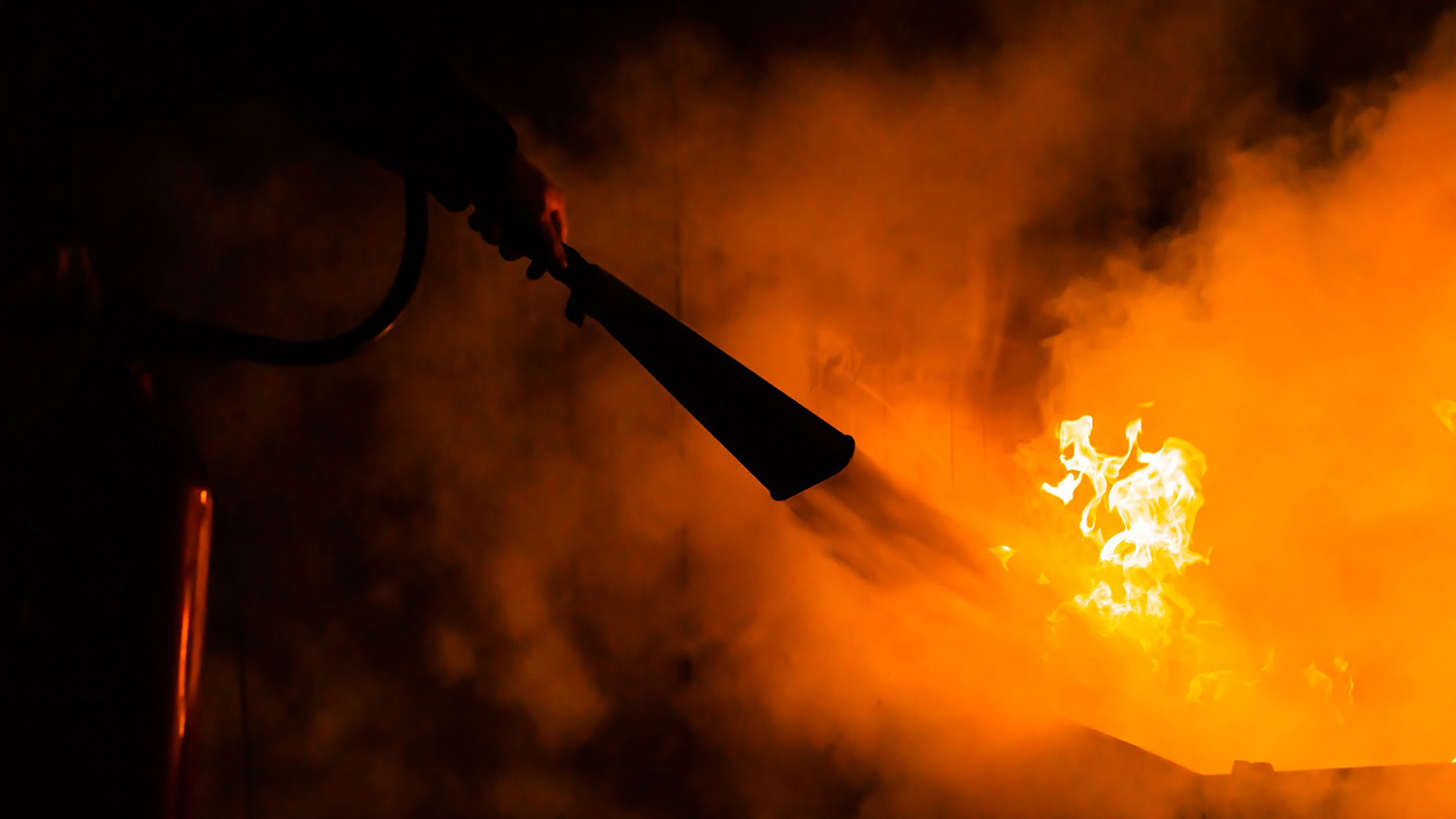
Only 1% of buildings comply with vital fire safety measure
Despite their crucial fire safety role, huge numbers of fire and smoke dampers remain untested in thousands of buildings across the UK, according to the Building Engineering Services Association (BESA).
The Association fears that less than 1% of buildings have been fully tested in line with legislation, despite growing awareness of the importance of carrying out comprehensive fire safety risk assessments in the wake of the Grenfell tragedy.
Many building owners are unaware that they have a legal responsibility to ensure the fire and smoke dampers in their buildings are tested at least once a year – and sometimes more regularly depending on indoor conditions. Even where testing is being carried out, it is often impossible to access at least 25% of the dampers in a building and, in the worst cases, as many as 90% cannot be reached or even located.
Failing to check that these devices are in good working order and, therefore, able to reduce the risk of fire and smoke spreading through a building, can lead to hefty fines and possible prison sentences under the Regulatory Reform (Fire Safety) Order 2005, which gives responsibility for fire safety to the ‘responsible person’ for the building or premises.
Said BESA’s technical consultant, Peter Rogers:
“Many building owners don’t even know they have dampers; even less that they are a critical element of their building’s fire safety system. However, since Grenfell there has been much greater focus on all aspects of fire safety. This has obvious implications for damper testing regimes, best practice and the competence of the firms employed to locate, test, and maintain these safety critical devices."
Guidance
Rogers explained in a webinar that the Association had updated its technical guidance for Fire and Smoke Damper Maintenance (VH001) and that this can now be downloaded from its website as part of BESA’s contribution to improving the overall safety of buildings.
The webinar heard that there are an estimated 30 million fire and smoke dampers already installed in UK buildings and, if each one was checked and repaired when necessary as required by law, the damper testing market would be worth at least £500m annually.
Despite the clear legal obligations, the BESA webinar heard that many buildings including hospitals (which typically contain thousands of dampers) had arbitrarily decided to reduce testing to once every five years to save money.
“That’s like deciding to only put your seatbelt on once in every five car journeys,” said George Friend, Chair of BESA’s Ventilation Hygiene group. “How do you know on which journey you are going to crash?”
Part of the testing regime involves flagging up which dampers cannot be found or accessed and providing suggestions for remedial works – including installing access panels and/or builders’ hatches – to ensure all dampers can be checked and repaired if necessary.
Said Richard Norman, managing director of Indepth Services:
"It is also crucial that we move away from the tick list culture that still dominates testing regimes. To be compliant with legislation, testing should involve comprehensive photographic records showing the condition of the damper before, during, and after testing.
“The availability of VH001 has improved the situation and if all building owners or managers only used contractors who complied with this guidance, it would eradicate a big part of the problem."
VH001 outlines all aspects of a compliant test regime in line with industry best practice and standards. It builds on the industry’s installation and commissioning code of practice DW/145, the sheet metal ductwork specification DW/144, and the ventilation hygiene standard TR/19.
The BESA testing guidance was produced in response to urgent calls for a methodology to help the building services industry comply with the British Standard (BS9999) for fire safety in the design, management and use of buildings along with the healthcare sector’s technical documents HTM 03-01 for heating and ventilation and HTM 05-02 for fire safety in healthcare premises.
For more information go to www.theBESA.com/knowledge.


